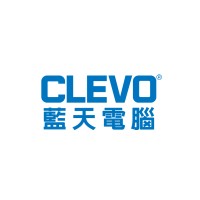
CLEVO藍天電腦
Established in 1983, CLEVO is the leading ODM/OEM manufacturer specializing in hardware solutions for notebooks, tablets and All-in-One PCs. Customer satisfaction is always our number one priority. Our pioneering R&D team is committed to the building of a superior future. Our long experience in the field, professionalism, manufacturing expertise and the most complete product line in the industry seal our reputation for being thepremier hardware partner for worldwide OEMs. CLEVO offers complete solutions for global ODM/OEM partners.






